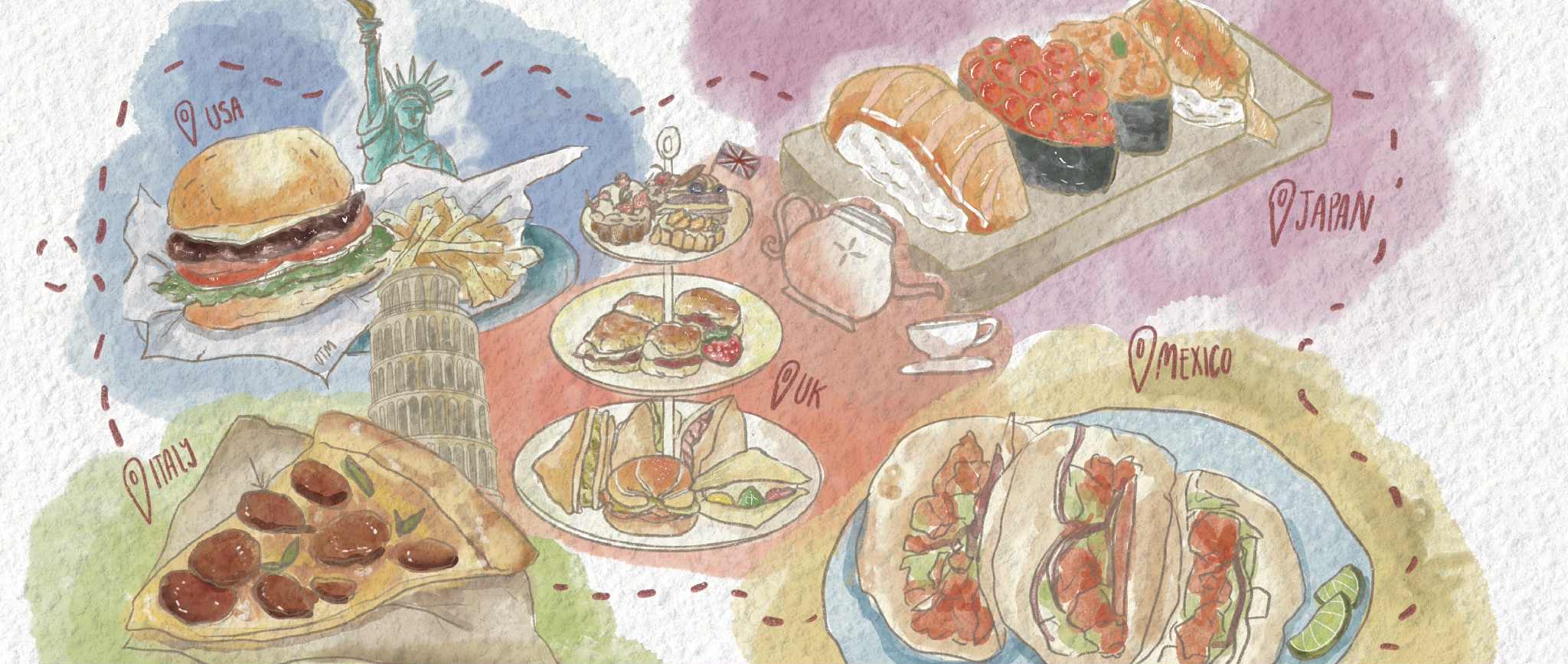On Feb. 26, Nicole Albada delivered a lecture on “Personal Memories and Successful Aging” as part of the Aging and Longevity Lecture Series at the Direct Relief facility in Goleta.
She is one of six speakers who are sharing their knowledge and research discoveries on extending healthspans, age-related disease prevention and newfound strategies to enhance our quality of life.
This series is part of the collaboration between UC Santa Barbara alum and the Center for Aging and Longevity Studies (CALS) in an effort to provide the opportunity to explore how aging is studied from different disciplines such as biology, psychology, neuroscience, anthropology and engineering. The research center was recently inaugurated into UCSB in April 2023 to allow the advancement of the public’s understanding of aging and the biology behind it while also supporting the community in a world where life expectancy ages are on the rise.
Albada is an associate teaching professor in the psychological & brain sciences department at UCSB, director for education and outreach at CALS and director of the Thinking About Life Experiences (T.A.L.E.) Lab. In the T.A.L.E. Lab, her team of UCSB undergraduate research assistants analyze how and why people remember specific life events and the link between autobiographical memories and psychosocial well-being across diverse age groups.
But what exactly are autobiographical memories? Albada began the lecture by having the audience close their eyes and think about different core memories from throughout their entire life that they are able to still vividly experience in their mind. She identified these as our autobiographical memories and defined the term as “the memories of personal past.”
According to Albada, autobiographical memories play a key role in her research, serving as data to explain the subjective experience of “successful aging” that psychologists emphasize with a psychosocial approach. She contrasted this with the objective aspects of aging that biologists often focus on, such as physiological processes.
Albada recognized this distinction between the subjective and objective aspects of aging successfully to underscore the importance of her research. She went on to explain how previous objective research has supplemented the public with the tools to understand their bodies and how to take care of it in order to live a long and happy life with exercise, healthy diets and sleep. But now, her subjective research has also contributed to spreading awareness on the psychological mechanisms of aging.
Typical notions about memory retention among scientists were thought to follow a “forgetting curve in which memories of newer information and experiences are quickly forgotten”, Albada said. This theory would explain how those core memories from childhood follow us through life, allowing us to remember those events time and time again.
But this is not the case for autobiographical memories. Instead, they follow a different pattern that Albada calls the “reminiscence bump.” This bump between the ages of 10 and 30 makes up a majority of an individual’s autobiographical memory and can be recalled most accurately.
But why has the brain evolved to remember one’s autobiographical memories? What purpose does the reminiscence bump serve?
Albada presents the “identity formation theory” as one possible explanation. As young adults, we collect a plethora of new memories as we gain more life experiences. She expressed how “some of these prominent life events help create our identities that persist well into adulthood and therefore enact a self-continuity function.” Therefore, this theory illustrates that memories made between the ages of 10 and 30 work together to affirm who we are as individuals and will be remembered better as we continuously recall those events throughout our lives.
In one of Albada’s studies from the T.A.L.E. Lab, she discovered associations between autobiographical memories that sustain one’s sense of self and psychological well-being differing by age. Albada and her research team surveyed participants on the “high” and “low” points of their lives finding that young adults tend to use more highlights of their life and a lower amount of the lowest moments of their life to define their identity. On the other hand, older people were reported to use more of their lowest points in life rather than their best moments as a part of their identity.
Now, what causes these differences in identity formation throughout our life? Albada mentions a “fading affect bias where the intensity of negative emotions, or affect, typically diminish at a faster rate than positive emotions in personal memories.” According to Albada, this bias can be present at any point in one’s lifespan, but it can also occur more strongly later in life.
However, Albada noted that there are also cultural differences in this reminiscence bump. For instance, one of her previous studies from the T.A.L.E. Lab found that the United States ranked the highest in the number of autobiographical memories compared to other populations.
What makes the U.S. so different from other countries? Per Albada, it was hypothesized that because autobiographical memories regard the self, we are able to better retain the information about ourselves as a result of our communication styles.
For example, it is common to be prompted with questions like “how was your day?” or “what did you think about this?” within social interactions. These types of conversations trigger the brain’s memory recall mechanisms and further solidify the information about an episode. This process allows these memories to be remembered more vividly considering the amount of input the brain receives on a day-to-day basis.
Through her research, Albada successfully and thoroughly illustrated the human brain’s remarkable ability to recount numerous life occurrences over extended periods of time. She reinforced the notion that conversations involving “remember when…” statements serve a deeper purpose as a mechanism to enhance memories and improve reminiscing capacities.
So, the next time you are reflecting about your favorite childhood memories, introspect a little deeper and take into consideration which of those memories have influenced the person you are today.




















